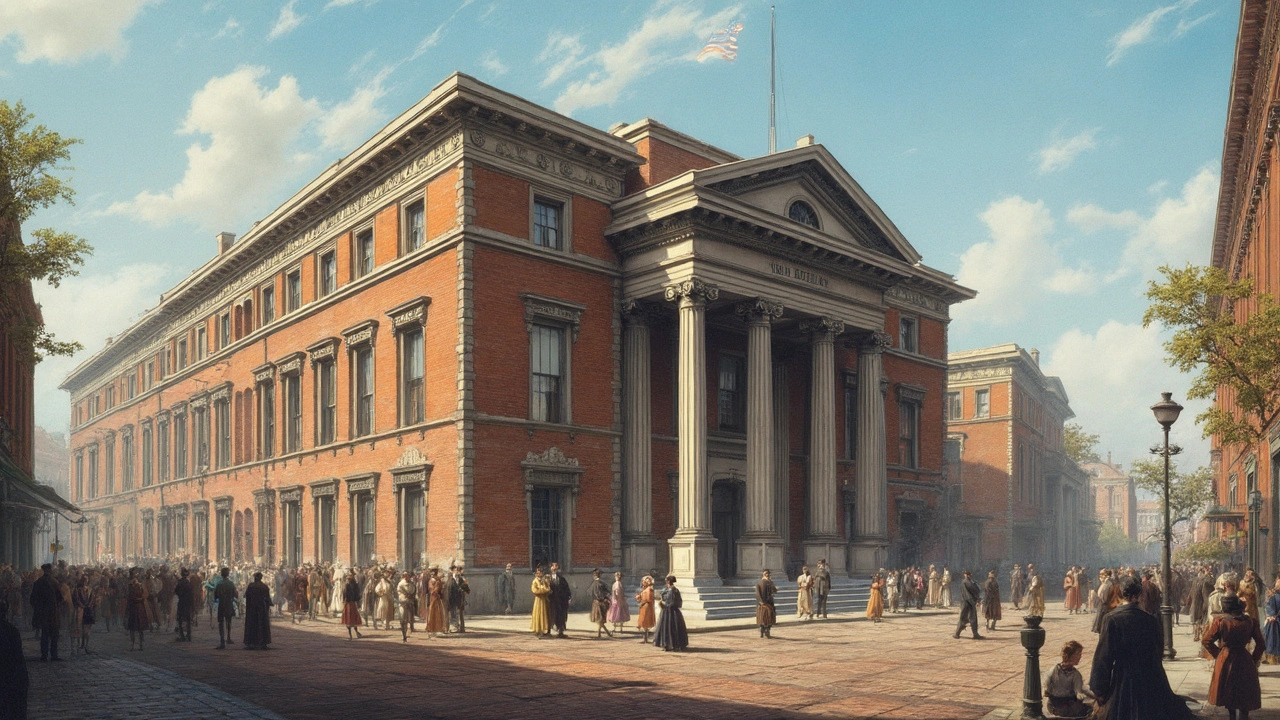Classic Elegance: Timeless Architecture & Design
Classic elegance shows up in buildings and homes that feel balanced, refined, and built to last. Think columns, symmetrical facades, rich details and materials that age well. You don't need a mansion to enjoy this look—small touches bring the same sense of calm and order.
Start by spotting core elements: symmetry, proportion, and clear lines. Symmetry means windows, doors and ornaments pair up across a center line. Proportion means the height of a room, the width of a door, and the scale of trim all feel right together. Clear lines and restrained ornament keep the eye from getting lost.
Materials matter. Stone, brick, wood, plaster and metal details create depth and durability. Choose finishes that patina gracefully—aged brass, painted woodwork, and natural stone read as classic without trying too hard. Avoid trendy laminates and flimsy plastics when you want longevity.
Design Tips for Homes
If you want classic elegance at home, focus on three fixes that change the whole feel: moldings, lighting, and layout. Add simple crown molding and baseboards to frame rooms without overpowering them. Swap a cheap fixture for a solid metal pendant or chandelier; light sets the mood and signals quality. Keep furniture arrangements symmetrical around a focal point like a fireplace or window to mirror classic balance.
Color choices are simple but powerful. Use a muted palette—creams, soft grays, deep navy or warm white—and add one richer accent like olive or burgundy. These colors let architectural details shine and keep the room grounded. Textiles in natural fibers—linen, wool, cotton—reinforce the classic feel and are easy to care for.
How to Recognize Classic Styles
Learn a few quick cues to identify styles on the street or in photos. Greek Revival shows strong columns and pediments. Georgian favors strict symmetry and sash windows. Beaux-Arts adds grand arches and sculptural details. Gothic Revival highlights pointed arches and vertical emphasis. Once you know the key features, you’ll start spotting influences everywhere.
Preserving classic buildings often comes down to fixing what matters: foundations, roofs, and windows. Prioritize structural repairs and then restore visible details. When replacing elements, match original materials where possible or choose close modern equivalents that keep the look intact.
Finally, mix old with new carefully. A modern sofa can sit happily in a room with classical moldings if proportions and color are right. Use contemporary art, simple lighting, and minimal clutter to let classic architecture remain the star. This balance keeps spaces useful, fresh, and grounded in real life.
Small budgets can still get classic results. Repaint trim, replace door hardware with solid brass, add a runner on the stairs, and invest in quality curtains. Even a single piece like a well-made mirror or sideboard lifts the whole room. For exterior curb appeal, plant a simple boxwood hedge, refresh shutters, and choose a classic front light.
Photography tip: shoot facades straight-on to show symmetry, use morning light for depth and texture. Note cornices and capitals up close; they tell the building's story.

Federal Architecture: Classic Elegance Explained
Federal architecture is known for its classic elegance, marked by symmetry, balance, and distinct decorative elements. Emerging in the United States between 1780 and 1830, this style draws heavily from Roman and Greek influences. Its use in prominent buildings and modest homes alike showcases its versatility. Understanding key characteristics can help in recognizing examples of this architectural style. Exploring federal architecture can provide insights into American history and design evolution.
Read more